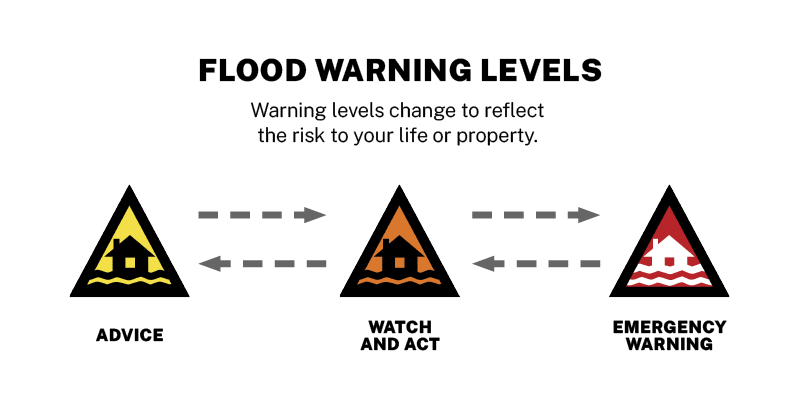The best way to protect your pet is to move them to a safer area in advance. This may mean taking them to relatives, friends, animal boarding facilities or to a temporary animal shelter or evacuation centre which accepts animals.
When relocating your pets make sure you supply make sure that you supply:
- Sufficient non-perishable pet food for several days and feed/water bowls
- A leash, possibly a muzzle or a carry-cage, bag, or box
- Toilet litter or old newspapers
- Essential medications, medical history, and vet contact details
- Allow for the special needs of some animals
Find out more about caring for pets in a natural disaster here.
If you don't have a pre-arranged evacuation site for your animals, head to your local council evacuation location and request further information when you get there.












